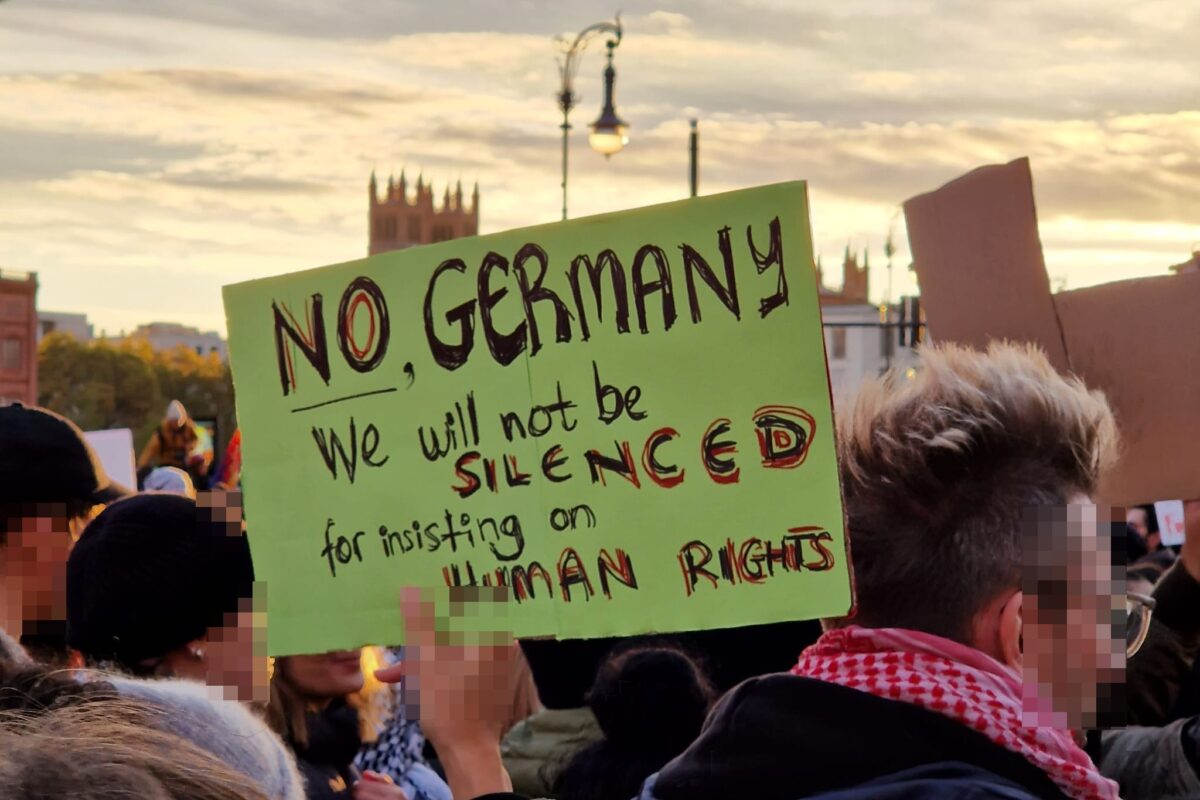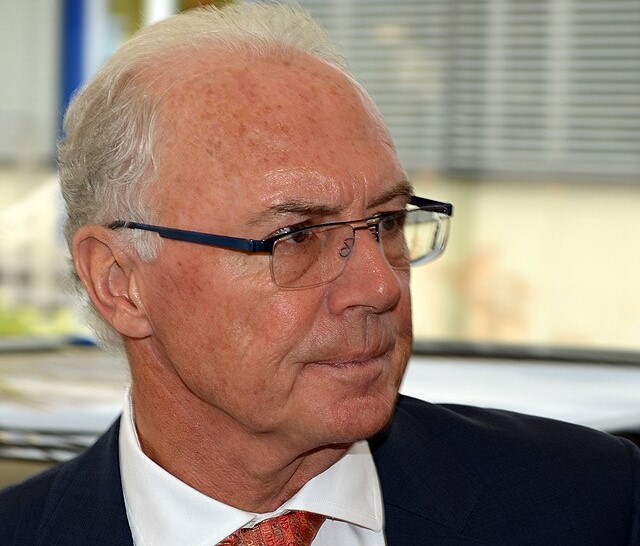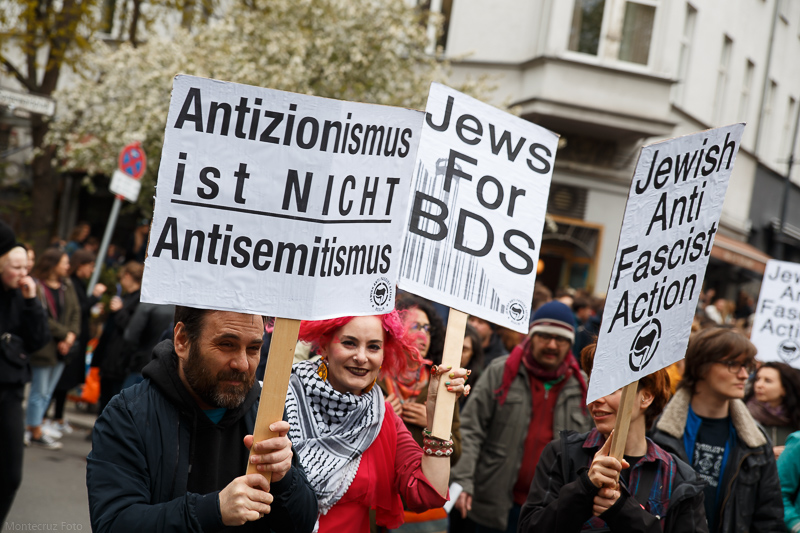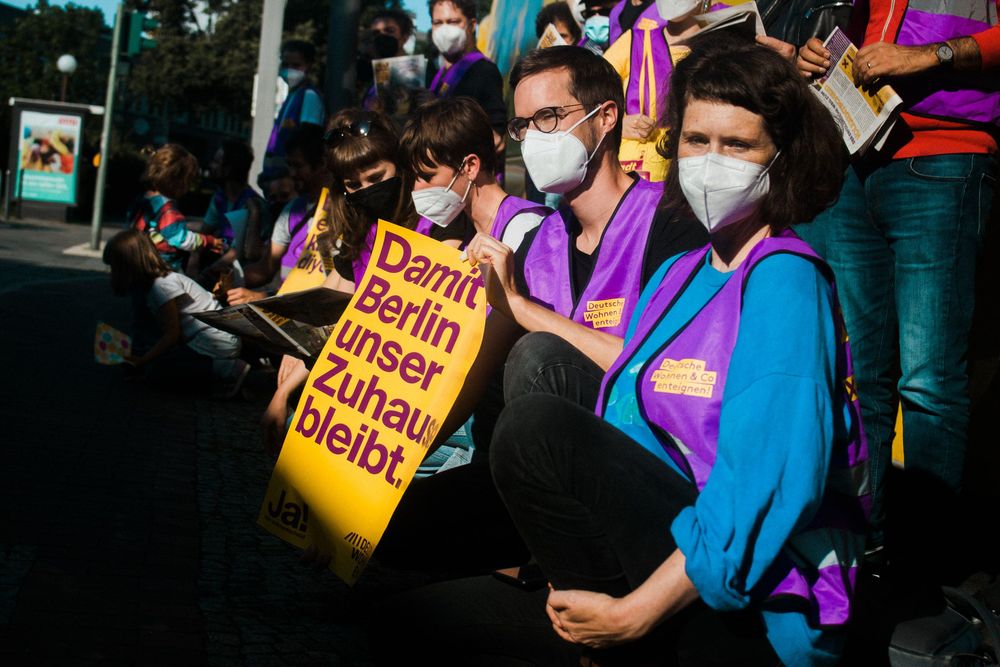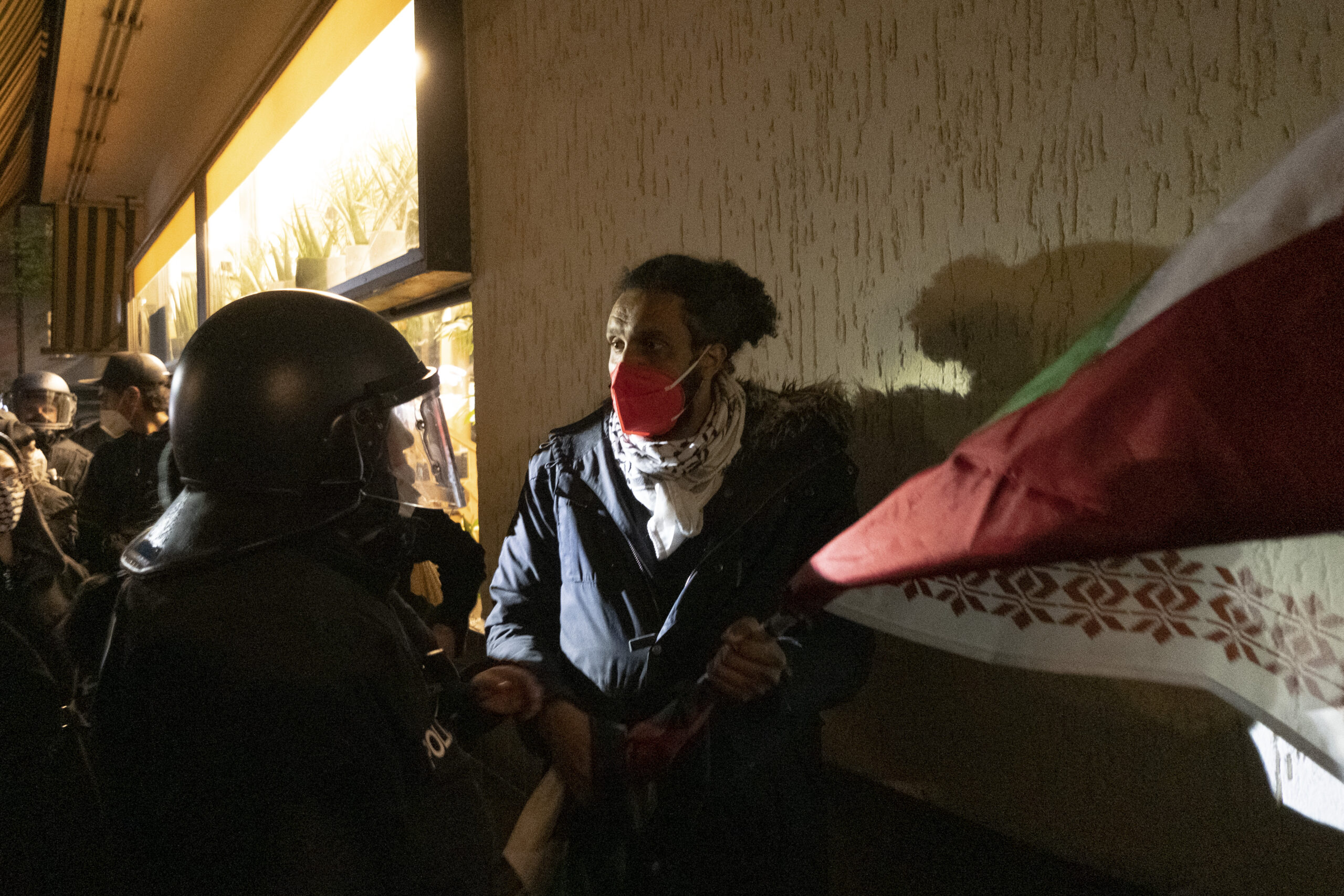This is a letter to the UN written by activists and organisations in Germany, published on theleftberlin on their behalf
To:
- Ilze Brands Kehris, Assistant Secretary-General for Human Rights and Head, Office of the United Nations High Commissioner for Human Rights (OHCHR)
- Verene Albertha Shepherd, Chairperson, Committee on the Elimination of Racial Discrimination (CERD)
- Amy E. Pope Director General,, International Organization for Migration (IOM)
CC:
- António Guterres Secretary-General, United Nations (UN)
- United Nations Headquarters
Dear Representatives,
We are writing to bring to your attention a matter of utmost urgency and significance regarding recent human rights violations in Germany, particularly concerning the suppression of free speech and blanket political repression of millions of people.
Since Israel’s lethal aggression on Gaza has intensified, in response to the Hamas terrorist attack of October 7th, Germany has been suppressing free speech far beyond any reasonable measure or democratic nature, as outlined by an open letter from Jewish artists, writers and scholars (1) published on 23rd of October.
Germany is home to one of the largest populations of Palestinian refugees in Europe, and part of the greater diaspora stemming from Israeli displacement of indigenous peoples. As a result, there is a large community of people wishing to demonstrate against Israel’s disproportionate response and publicly mourn the civilians killed. However, peaceful, lawful protests led by Palestinian and Jewish diaspora groups across the country have been prevented with, for example, a blanket ban in Berlin, of any protest (2), demonstration, or vigil, which was in effect from October 14 to 20, 2023. Virtually all of the cancellations, including those of gatherings organized by Jewish groups, have been justified by the police in part due to the “imminent risk” of “seditious, antisemitic exclamations” (3). These claims, we believe, serve to suppress legitimate nonviolent political expression that may include criticisms of the actions of the Israeli government (4).
These acts of silencing are carried out under the German federal government’s consensus that, “Germany stands firmly with Israel. Israel is acting in self-defense” (5). Germany applies the operating definition of antisemitism as defined by the IHRA (6), which has been criticized as “misused” for shielding Israel from criticism (7).
As a result, individuals and groups in Germany who express public opposition to Israel’s blockade and siege on Gaza, including wearing symbols in support of Palestine, have been detained, threatened, questioned and arrested by police – with a tendency for racial profiling as highlighted by Amnesty International in 2021 (8). Critical individuals, groups and institutions in support of the Palestinian people or of a future political solution that guarantees equal rights, dignity and freedom for all people in Israel-Palestine – regardless of their ethnic origin or religion, are at risk of being politically sanctioned, blacklisted and defunded (9).
Meanwhile, a large part of the observing world agrees that Israel’s actions go far beyond self-defense, and many experts have already said it potentially constitutes a genocide (10).
We acknowledge that the German Constitution, the Basic Law (Grundgesetz), contains provisions that protect the rights to freedom of speech (11) and assembly (12). These constitutional provisions also closely align with international law and the principles enshrined in the United Nations Universal Declaration of Human Rights:
- Article 19: Everyone has the right to freedom of thought, conscience and expression. This right includes freedom to hold opinions without interference and to seek, receive and impart information and ideas through any media and regardless of frontiers.
- Article 20(1): Everyone has the right to freedom of peaceful assembly and association.
Collectives and gatherings of people are fundamental to expression of political thought and public discourse – not something we are meant to do alone at home or on social media. This is the pumping heart of public life. It is also protected by the International Covenant on Civil and Political Rights, EU Charter of Fundamental Rights, and the European Convention on Human Rights, to acknowledge some of the highest international laws.
We write to you with grave concern over the suspension of these rights as part of a broader overcompensation by Germany over its past crimes against humanity, which are used to justify the deadly support of Israel’s political and military breaches of international rule of law and likely genocide committed today.
The chilling effects can already be observed in government-funded cultural institutions, schools and the general public:
-
Jews have been fired from their jobs (13) in publicly funded institutions for speaking about internationally recognized practices of apartheid, oppression, and occupation.
-
The art exhibition of a Jewish artist was canceled (14) after she spoke in solidarity with Palestinians in a Berlin demonstration.
-
The Berlin Senate announced that schools are permitted to ban students from wearing the keffiyeh or other symbols connected to Palestinian culture and liberation. Statements such as “Free Palestine” can also be banned (15) on grounds that they “could be understood as support for the terrorist attacks against Israel or Hamas”, and thus are “a danger to peaceful co-existence in schools”. A demonstration by a parents’ collective against the measures was forbidden, as it “may contain Hamas sympathizers who could use such a demonstration to further their own agenda”.
-
The authors Sharon Dodua Otoo and Adania Shibli have been selected for two different literature awards. Both award ceremonies have been “put on hold”(16, 17) because of “possible proximity” to BDS (Boycott, Divestment and Sanctions), a nonviolent movement which is considered an antisemitic organization in Germany.
-
Broadcast stations stopped working with a journalist of Palestinian descent (18) for expressing his understanding for Palestinians on social media.
-
Berlin’s Senator for Culture Joe Chialo (CDU) announced in a cultural committee meeting that the city would examine whether it will cut funding for the cultural institution Oyoun in Berlin, which could lead to its closing (19):
-
The impending closure of Oyoun was provoked by an event that took place on November 4, 2023 on the premises of Oyoun: an evening of “mourning and hope” by the organization Jewish Voice for a Just Peace in the Middle East (20, 21), the German section of the international umbrella group European Jews for a Just Peace. The association is dedicated to “informing about the necessity and possibility of a just peace between Palestine and Israel” and “actively working towards the realization of a lasting peace that is viable for both nations”.
And those are just the most recent actions, that Germany has engaged in to suppress Palestinian voices. However, as seen in the case of Dr. Anna-Esther Younes, and countless others, what is currently happening is not an exception, but part of a long term pattern of firings, canceling, defunding, oppressing and silencing (22).
This is content-based discrimination with political motivations to censor and disrupt our communities, collaboration and to teach other communities to shun Jews and organizations who are critical of Israel’s politics.
Furthermore, the majority of the media is reporting only the narrative of the government and law enforcement. In an interview (23) on October 20, Chancellor Olaf Scholz, representing the governing coalition party, was asked to address the concerns related to “enemies of Israel with Arab background.” In this context, he emphasized the necessity for faster deportations of those “who do not have a right to remain in Germany”.
Notably, the governing coalition, consisting of the Social Democrats, Green Party and Free Democrats has introduced a resolution (24) with provisions similar to those proposed by the CDU/CSU, the opposition parliamentary group, only days earlier. The CDU/CSU’s resolution aims to combat alleged “imported antisemitism”: allowing for rapid denial of residency; deportation of immigrants accused of antisemitism or perceived to hold anti-Israel beliefs; potential revocation of German citizenship of dual nationals; making naturalization contingent on recognizing Israel’s “right to exist”; and never engaging in activism “against Israel.” Both drafts are currently under parliamentary discussion.
Given the current classification of all demonstrations in Berlin in solidarity with Palestinian civilians as broadly antisemitic by authorities – based on Germany’s non-legally binding adoption of the IHRA definition of antisemitism – this law proposed by the governing coalition would likely encompass a wide range of peaceful demonstrators and activists, including peace-seeking Jews, Israelis, Palestinians, Arabs, and Muslims living in Germany.
We are at risk of losing fundamental democratic rights and those in power seem unaware of the dangerous path they are taking, with even Israeli publications such as Haaretz writing about the instrumentalisation of “Jewish pain” to stoke fear of Muslims:
“Germany’s second-largest opposition party, the far-right Alternative for Germany (AfD), has seized the moment to shelve its antisemitism, at least in public, and unleash instead its unabashed Islamophobic agenda.” – Haaretz (25)
These extremists, too, hide behind the slogan, “We stand with Israel”, and continue their practices of hate-based discrimination without meaningful intervention to stop a dangerous agenda which threatens our existence. Many Palestinians, Jews, Israelis, Arabs, Muslims and foreign citizens living in Germany — as well as many German nationals — are now living in fear as unclear laws meant to intimidate, frighten and silence critical voices are enacted.
As Jews, we believe Germany has proven itself unfit to address its antisemitism in a real way and instead is using the concept to instill new fear and politicized hatred of Muslims, Arabs and immigrants – and to try to divide Palestinians and Jews who are peacefully organizing together in Berlin, around Germany and the world.
We have tried to convene with officials with intent to ease the tension, violence and brutality of the situation we face today in our communities in Germany. Formal requests to meet with political leaders and authorities have been ignored, denied or responded to with a level of arrogance in their policies – including statements declaring that police are within their duty to use force against unarmed, peaceful demonstrators, as it relates to this issue. Their self-imposed deafness to our pleas is why we now reach out to higher bodies to help ensure our protection under international law.
We, the peaceful groups taking action and facing repression in Germany, are calling upon the United Nations to investigate the political targeting and both subtle and violent repression, to intervene as an impartial actor and to restore political freedoms to the impacted public of Germany.
And finally, please investigate how siphoning of funding to cultural and social institutions has created a chilling effect in these arenas. It has made Germany predisposed to returning to oppressive behaviors and political repression by stamping out any resistence to these tendencies, just as it has in the past.
These complaints and accusations are not new, but we have reached a new breaking point that has become so repressive that we must directly ask international bodies to recognize and call out these ongoing human rights violations.
We, the signers of this letter, represent community leaders, impacted people and organizations from various sectors.
We are Jews, Muslims, Germans, Israelis, Palestinians and international people living in Germany with a collective base of tens of thousands of people and a reach to hundreds of thousands, to whom we provide direct support.
Please contact us in reply for further testimony, evidence and data related to the complaint.
With Great Hope and Devotion to Peace and Justice,
Miriam Aberkane, Ceasefire Action Committee, Berlin
Wieland Hoban, Jüdische Stimme
Lili Sommerfeld, We Still Still Still Still Need to Talk Demo, Berlin
Biplab Basu, Kampagne für Opfer rassistischer Polizeigewalt (KOP)
Adam Broomberg, Artists + Allies x Hebron (AAH), Berlin
Ahmet-Kaan Sarun, Free Palestine Mannheim, Mannheim
Salah Said, PA – Palestinians & Allies, Berlin
Ferat Koçak, Member of Parliament of Berlin
Louna Sbou, Oyoun, Berlin
Palästina Spricht, Berlin
Zaytouna Rhein-Nekar-Kreis, Heidelberg
FACQ, Berlin
Hanif Shoaei, Documentarian , Berlin
